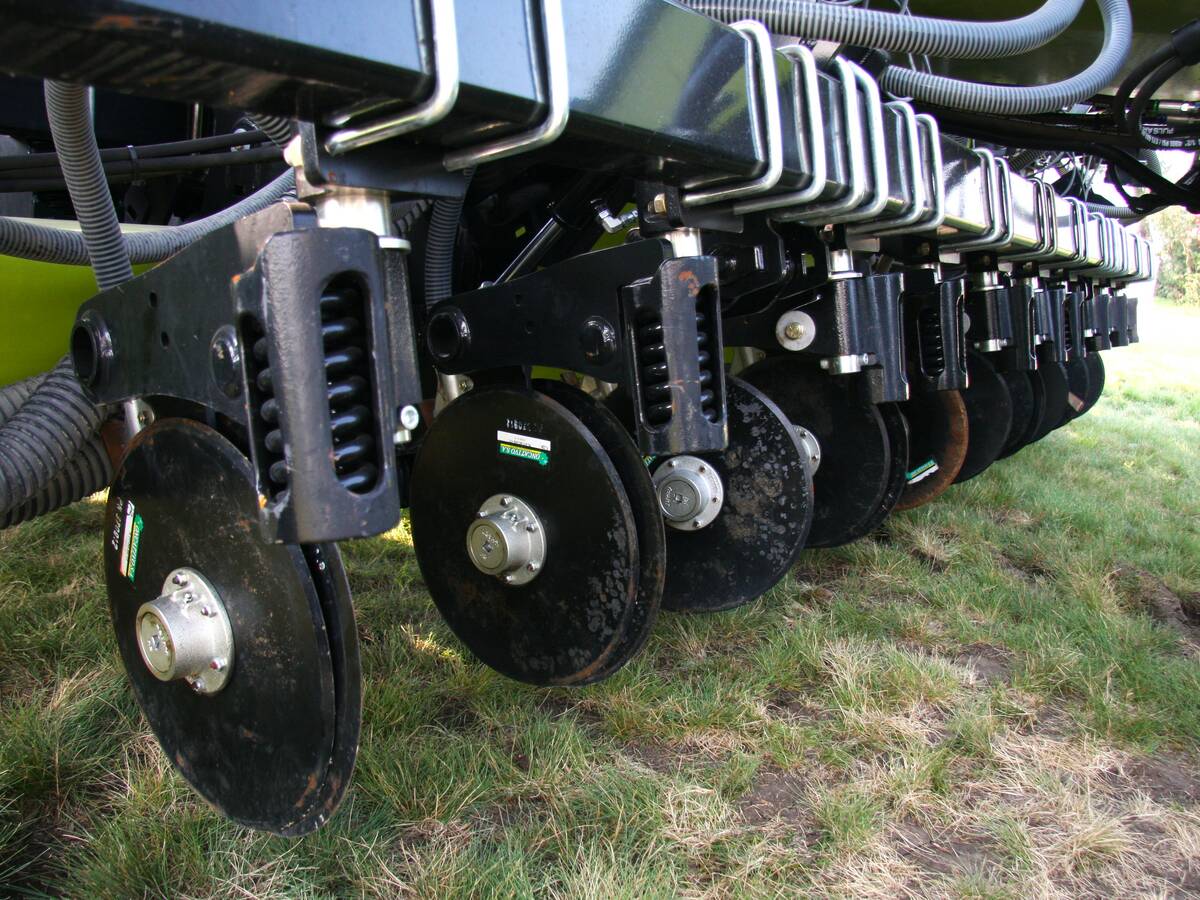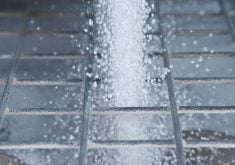FARGO, N.D. — The construction, transportation, manufacturing, mining and petroleum industries have gradually evolved from straight mechanical drive to hydraulic and eventually electric drive.
Agriculture is the last big power consuming industry to discover the efficiencies of electric drive.
The diesel engine, which can be powered by different substances, remains the most effective way to convert fuel into rotating power. Turning that rotating power into work is the job of the drive system.
The efficiency of a mechanical drive system can be 50 percent or lower, depending on the combination of gears, CV joints, drive shafts, V-belts and drive chains used in the drive.
Read Also

Ways found to keep moisture with minimum till
New equipment options are available for Prairie grain growers wanting to step up their minimum-till seeding game, such as double disc seeders, coulter drills and low-disturbance shank drills.
The difficulty of transporting rotating force to the exact spot where it’s needed often adds power-robbing components, especially on a larger machine. While many technological breakthroughs have increased the efficiency of mechanical drive, it still remains at the bottom of the list.
Technology has also dramatically improved hydraulic drive systems, with some motor-pump combinations functioning at 70 percent efficiency or higher.
Moving that power from the diesel to the work tool may be easier than with mechanical drive, but friction in the lines can also eat a lot of power. Hydraulic drive systems are more prone to failure caused by contaminants in the oil, which can bring down the entire system.
Electrical drive systems were once rated at 85 to 90 percent efficiency. However, some of the latest bipolar pulse generator systems achieve an efficiency rating of 97 percent in remote areas where they are powered by gas turbines.
Probably the biggest factor in favour of electrical drive is the fact that power can be transported to any spot on the machine simply by running a cable.
And once the power is where it needs to be, precise control of torque and speed is relatively easy.
Terry Anderson of the Autonomous Tractor Corp. said a diesel-electric drive system is 15 to 25 percent more fuel efficient than diesel mechanical or diesel-hydraulic drive systems.
“That means you can put 15 to 25 percent more power to the ground compared to other systems,” he said.
“It’s not unreasonable to see a 400 h.p. diesel-electric tractor doing the work of a 500 h.p. mechanical drive tractor.”














